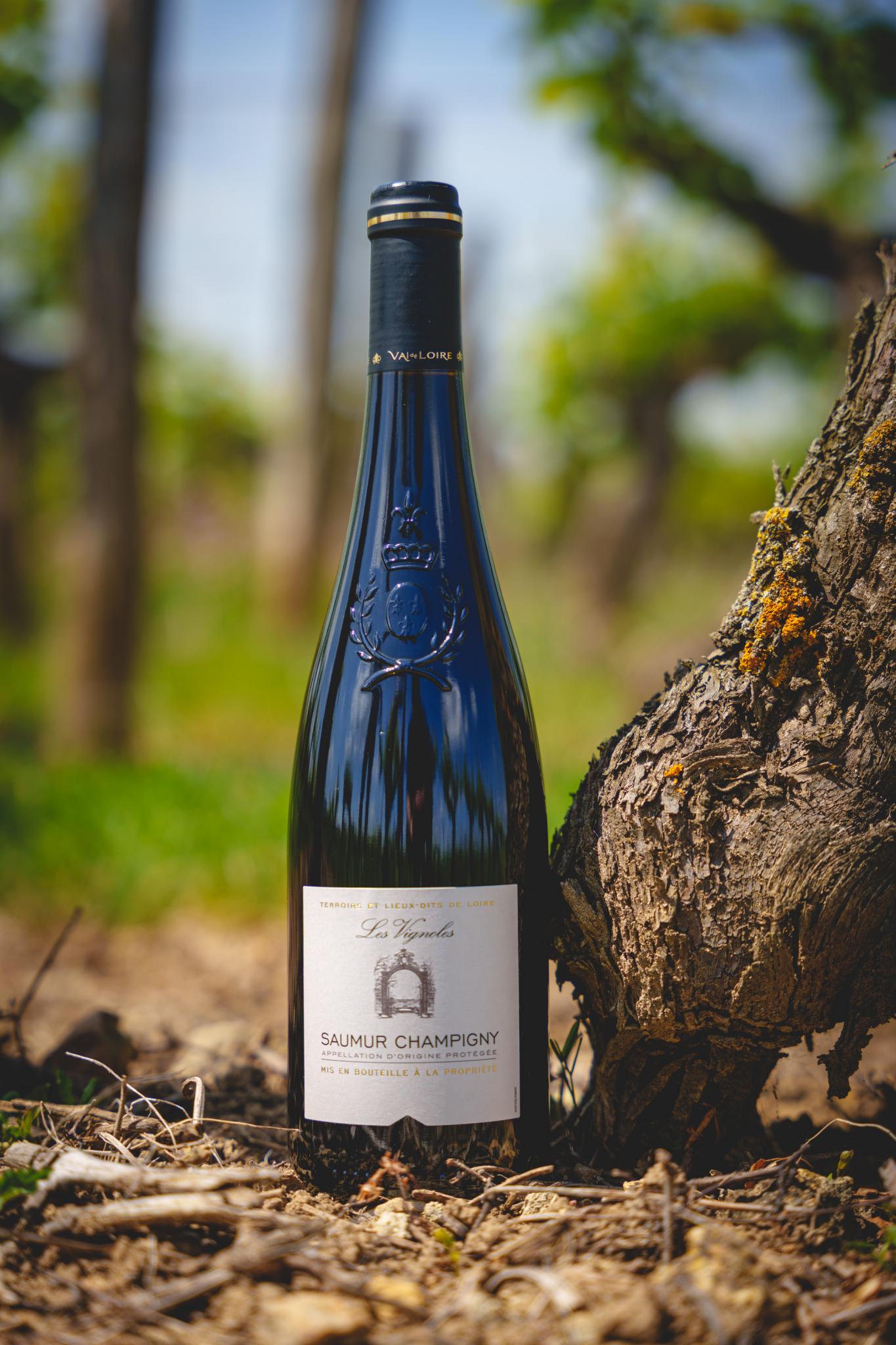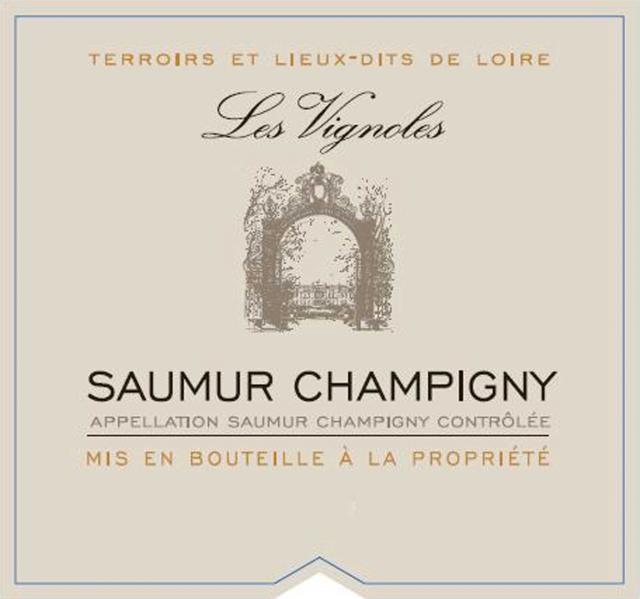The Lieu-dit is a group of small parcels of unique vines.
Because of its territorial, cadastral and historical unity, it constitutes a unique terroir...
The alchemy between its soil, its relief, its orientation, its climate and its grape variety, gives birth to Appellation d'Origine Contrôlée wines of exceptional typicity and style. The respect of the terroir combined with the know-how of passionate winegrowers allows the best wines to be extracted.
Because of its territorial, cadastral and historical unity, it constitutes a unique terroir...
The alchemy between its soil, its relief, its orientation, its climate and its grape variety, gives birth to Appellation d'Origine Contrôlée wines of exceptional typicity and style. The respect of the terroir combined with the know-how of passionate winegrowers allows the best wines to be extracted.
Presentation
Presentation
A legacy of the past, the Lieu-dit "Les Vignoles" has its own history which is forever attached to it.
The history of this place depends on that of the village of Turquant, which lived essentially from wine growing until 1880, when phylloxera destroyed the vineyard. The vine was replanted with rootstock but it took about ten years for it to return to its former glory. In order to survive, the winegrowers needed a complementary activity, so they invented the "pomme tapée". By taking the ferry, they would go to the north of the Loire to fetch fresh apples and prepare them in the village's underground ovens.
Today, only one craftsman makes the "pomme tapée", but the vine still provides a living for many passionate winegrowers.
The history of this place depends on that of the village of Turquant, which lived essentially from wine growing until 1880, when phylloxera destroyed the vineyard. The vine was replanted with rootstock but it took about ten years for it to return to its former glory. In order to survive, the winegrowers needed a complementary activity, so they invented the "pomme tapée". By taking the ferry, they would go to the north of the Loire to fetch fresh apples and prepare them in the village's underground ovens.
Today, only one craftsman makes the "pomme tapée", but the vine still provides a living for many passionate winegrowers.
Presentation video
Location
Les Vignoles is situated on a plateau overlooking the Loire where deep cellars open up in the rock. The cultivation of vines and mushrooms has always been the main crop in the commune of Turquant, to which the Lieu-dit "Les Vignoles" is attached.
The plots of Les Vignoles are located on a plateau bordered by the cliff overlooking the Loire. The vines have a gentle south to south-west slope.
In the middle of an area with a temperate oceanic climate, the DPO Saumur Champigny appellation zone has a particularly hot micro-climate in summer, hence the name of this appellation which comes from the Latin "campus igni" or field of fire.
The plots of Les Vignoles are located on a plateau bordered by the cliff overlooking the Loire. The vines have a gentle south to south-west slope.
In the middle of an area with a temperate oceanic climate, the DPO Saumur Champigny appellation zone has a particularly hot micro-climate in summer, hence the name of this appellation which comes from the Latin "campus igni" or field of fire.
Terroir
This Lieu-dit is only developed on Turonian carbonate formations (chalk). The soils developed are mostly shallow, the soft chalk is usually less than 60 cm deep and allows for a moderate but relatively constant water supply, which is conducive to quality viticulture.
In the vineyard
Use of prophylactic methods (disbudding, leaf removal) to encourage the natural aeration of the vines and to regulate the load; then, of reasoned cultivation to allow the most natural fight against cryptogamic diseases.
The harvest begins after checking the ripeness and health of the grapes in mid-October.
The harvest begins after checking the ripeness and health of the grapes in mid-October.
Winemaking
- Total de-stemming of the harvest.
- Fermentation in thermo-regulated stainless steel vats at 25°C.
- Daily light pumping over during the first third of the alcoholic fermentation and short maceration to extract the full potential of the grapes.
- Malolactic fermentation in our cellars 25 m deep.
- Fermentation in thermo-regulated stainless steel vats at 25°C.
- Daily light pumping over during the first third of the alcoholic fermentation and short maceration to extract the full potential of the grapes.
- Malolactic fermentation in our cellars 25 m deep.
Ageing
Isolated in one of the galleries, the wine continues its maturation in a quiet environment, protected from light and temperature variations for 6 to 10 months before bottling.
Varietal
Cabernet franc : 100%
Specifications
Contains sulphites.


Advice
Serving
Serve between 12 and 14°C.
Visual appearance
Intense ruby colour.
At nose
Intense nose with varietal notes (grape), black fruits (cherry) and spices (liquorice).
On the palate
Fleshy and fresh on the palate, full of relief, with nice coated tannins. Persistent finish of mint and fresh red fruit.
Food pairings
It goes well with grilled white and red meats (chicken in a salt crust) or roasted.
Reviews
"Millésime 2021"



